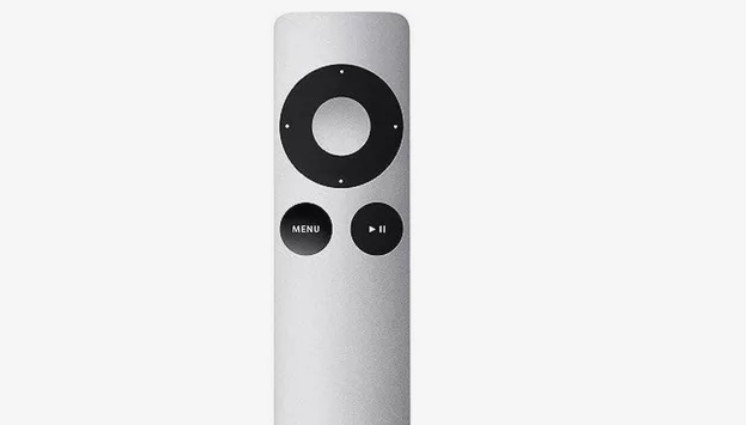Ad Blocker Detected
Open some packages and type some textual information to get a feel for the keyboard and mouse. Checking each key to make sure there aren’t any difficulties is a smart idea.
If the keyboard or mouse won’t work, make sure there’s no interference and that the tool is in the opposite direction of the receiver. Also, look over the troubleshooting information that was most likely supplied with your manufacturer’s instructions.
If the previous keyboard and mouse are still connected to the computer, disconnect them.
If you’re planning on getting rid of your old devices, check with your local electronics retailer for recycling information. If your keyboard or mouse is Dell-branded, they provide a free mail-back recycling program (yes, Dell pays the postage), which we recommend you take advantage of.
You can recycle them at Staples regardless of the model or whether or not they still operate.
Almost every new “hardware” comes with supporting software that must be installed. This software program contains drivers that tell the computer’s operating system how to function with the new hardware.
The software that comes with wireless keyboards and mouse varies greatly between manufacturers, so check the directions that came with your purchase for specifics.
Generally, though, all software installation is rather simple:
Place the disc in the drive as follows: The installation software should begin automatically. Depending on the setup, you may need to download the software from the manufacturer’s website.
Follow the directions on the screen.
B: Accepting the default options is a safe bet if you’re unsure how to reply to any inquiries throughout the setup process.
Because wireless keyboards and mice do not receive electricity from the computer like conventional keyboards and mice do, they require batteries.
Remove the battery compartment covers by flipping the keyboard and mouse over. Replace the batteries according to the instructions (match the + on the battery to the + on the battery, and vice versa).
Place the keyboard and mouse in a convenient location on your desk. When positioning your new tools, keep proper ergonomics in mind. Making the right decision now will help you avoid carpal tunnel syndrome and tendonitis in the future.
